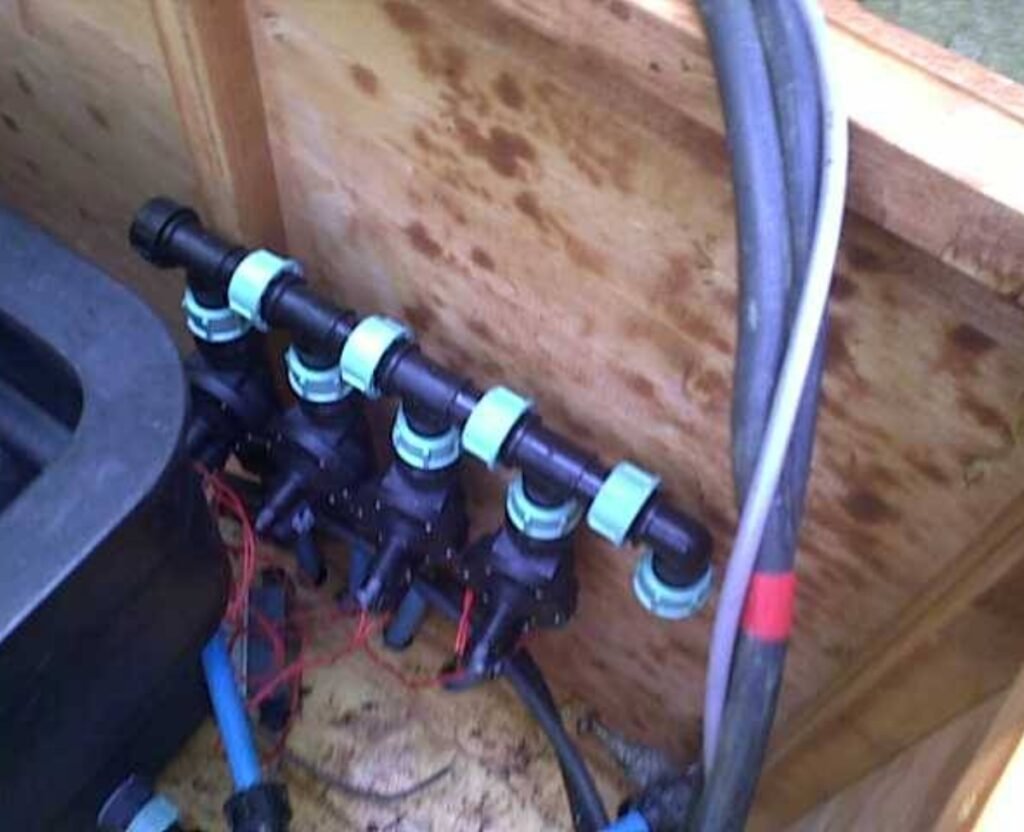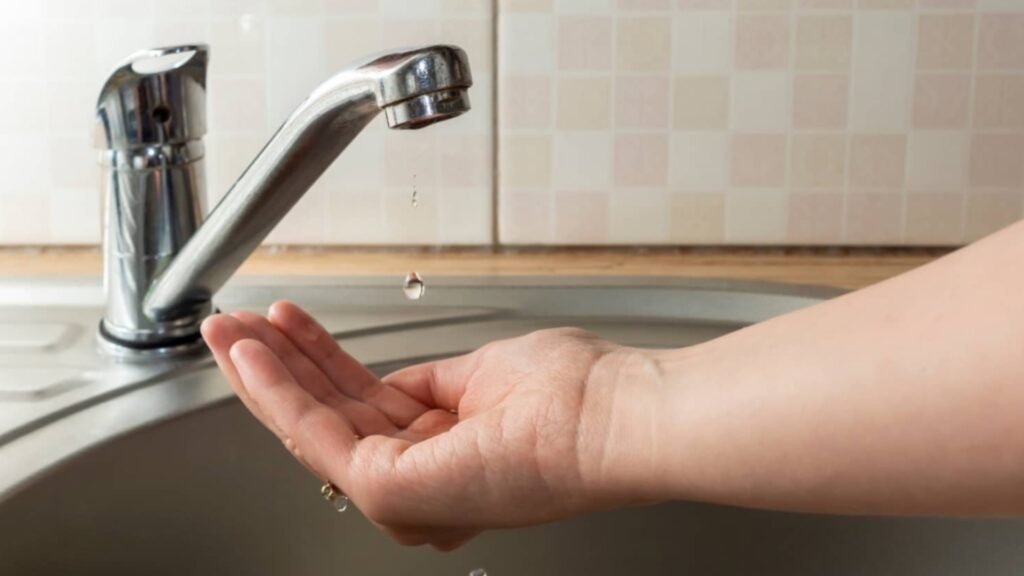When water flows unevenly and pipes start making noises, Air in water pipes is often the culprit. Trapped air creates blockages in water lines, leading to uneven pressure, noise, and even damage. While its presence might seem like a minor inconvenience, the effects can escalate if left unaddressed. Understanding the root causes and taking actionable steps to resolve the problem will help safeguard your plumbing system.
This leads to problems like reduced efficiency, corrosion, and structural damage. Researchers recommend timely inspections and proper maintenance to avoid recurring issues. Addressing air in pipes is more than a quick fix; it is essential for plumbing health. They save money, increase efficiency, and provide peace of mind.
Maintaining a smooth water flow ensures the long-term reliability of your home’s plumbing. This blog will explore how air gets trapped in pipes, the problems it causes, and practical methods to remove it. Along the way, we’ll also provide tips to prevent future occurrences and maintain a healthy plumbing system.
How Air Enters Water Pipes
Air can find its way into water pipes through various pathways. Most are linked to regular maintenance, abrupt changes in water supply, or system malfunctions.
Interruptions in Water Supply
Water supply disruptions, whether due to planned maintenance or sudden outages, often allow air into pipes.
Plumbing Repairs
Once water is turned back on, trapped air remains, causing problems like noise or inconsistent flow.
Water Heaters
Water heaters can also become a source of trapped air. Heated water often releases gas, which forms bubbles. If the system lacks proper venting or circulation, these bubbles get trapped within the plumbing.
Well Systems
Pumps and pressure tanks used in homes with well water frequently allow air inside water lines due to mechanical issues. For instance, low water levels or improper pump priming can introduce air into the system.
Municipal Water Main Work
Construction or maintenance work on public water lines can result in air infiltrating household plumbing. When water flow resumes after a shutoff, air often enters homes connected to the municipal supply.

Problems Caused by Air in Water Pipes
While air in water pipes might seem harmless initially, it can cause a range of issues that compromise both the user experience and the integrity of the plumbing system.
Noise and Vibrations
Gurgling, banging, or rattling sounds occur as water pushes air pockets through the plumbing system. These vibrations can loosen joints or brackets supporting the pipes. Over time, this may lead to leaks or damage to fixtures.
Reduced Water Pressure
Air pockets obstruct the smooth flow of water, resulting in inconsistent water pressure. Faucets may sputter, and water flow may fluctuate between weak and strong surges. This irregular pressure affects daily activities, from washing dishes to showering.
Plumbing Damage
Air in pipes leads to pressure imbalances. This can stress pipe walls and joints, increasing the likelihood of cracks, leaks, or even burst pipes. Certain pipe materials, like metal, may also corrode faster when exposed to oxygen-rich air and water.
Contaminated Water Flow
Air bubbles can carry sediment or rust through the water system. When this occurs, taps may deliver discolored or foul-smelling water. Water heaters are especially prone to accumulating mineral deposits in such situations.
How to Remove Air from Water Pipes
Clearing air from water pipes is a straightforward yet essential maintenance task. Below is a step-by-step guide to removing air and restoring a smooth water flow.
Step 1. Turn Off the Main Water Valve
This step prevents additional air from entering the system during the process. Locate the main valve—a common place is near the water meter or inside a basement area.
Step 2. Open All Faucets
Begin by opening taps closest to the main valve, and move sequentially to the farthest ones. Keep each faucet halfway open to ensure a gradual water flow. Include outdoor spigots, showers, and appliances like washing machines to ensure all branches of the water system are vented.
Step 3. Flush Toilets
Flush every toilet multiple times to drain water from those lines completely. This step is crucial for eliminating trapped air in plumbing connected to toilet tanks.
Step 4. Run the Water and Monitor
Allow water to flow until a smooth, noise-free stream appears.
Step 5. Close Faucets in Reverse Order
This ensures potential pockets clearing last do not trap air further up the system.
Preventing Air in Water Pipes
Taking steps to prevent air from entering water pipes will save time, effort, and money spent on repairs. Here are essential tips for minimizing future occurrences.
Regular Maintenance
This ensures the entire system stays in proper working order.
Use Venting Mechanisms
These mechanisms automatically release any trapped air, maintaining consistent pressure.
Exercise Care During Repairs
When turning off the main water supply for plumbing work, bleed the system afterward to remove any air introduced during the process. Open faucets and run water for several minutes post-repair.
Avoid Sudden Pressure Changes
Sudden increases or decreases in water pressure are among the main reasons air gets trapped in pipes. Ensure pressure regulators or pressure tanks are in good condition to handle flow changes.
Conclusion
Air in water pipes serves as a reminder of how even small issues can lead to significant problems over time. Regular maintenance is key to keeping plumbing systems efficient and preventing unexpected challenges. Attention to detail during daily use, like shutting faucets carefully and observing flow irregularities, pays dividends in extending your system’s life.
Advanced technologies, such as automatic air relief valves or smart water management systems, further enhance plumbing reliability. Investing in preventive measures reduces expenses and offers peace of mind. By treating plumbing as more than a background feature, homeowners can safeguard a resource essential to modern living.
Air in water pipes might seem trivial, but it has far-reaching effects if ignored. By understanding its causes, tackling issues early, and taking preventive actions, it’s possible to ensure a steady water supply and avoid costly repairs. A proactive approach makes all the difference in maintaining a reliable plumbing system.

